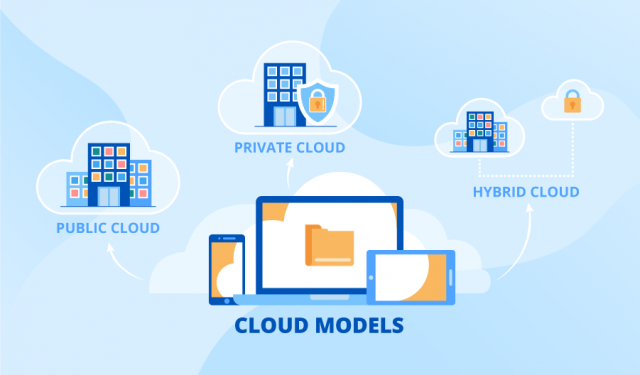Cloud computing is typically considered to be a key way for businesses to boost efficiency and save money, but the reality is more complicated. As noted by cloud cost optimization experts Vertice: “Not only are cloud computing costs rising by an average of 35% year-over-year, but they’re also incredibly volatile with companies often paying 20% more than forecasted.”
Cloud computing can have huge business benefits, but it can also hurt your business revenue if the costs aren’t managed carefully. Many hidden costs may impact your budget, especially if you’re focused on growth and scalability. Here are some of the most common to be mindful of.
1. Data Transfer Costs
Transferring data to and from the cloud incurs costs and these are often overlooked in initial budgeting. These charges can vary depending on the volume of data and the frequency of transfers.
You can manage this expense by optimising the transfer process. Compress data and schedule transfers during off-peak hours to reduce costs, plus processing data locally when possible will help to minimize the amount that needs to be transferred.
2. Egress and Ingress Charges
Egress fees are charged when data is transferred out of the cloud and ingress fees apply to data entering the cloud. “Usually cloud providers charge between 5 and 20 cents per GB every time you move your data from their cloud storage to your on-premises location,” explains data center infrastructure company HostDime. “While this won’t hurt the casual cloud user, large businesses pushing and pulling terabytes of data to and from places like AWS get handed a pretty stiff bill.”
These charges can vary significantly between cloud providers so the key point here is to make sure you understand your vendor’s pricing model. Some offer free ingress or discounted egress under certain conditions, for example, so this is something you may want to keep in mind when choosing a provider. Storing and processing data in the same region as your cloud provider can also help minimize these charges.
3. Scale-up Costs
Businesses often run into unexpected costs when they need to scale up their cloud services and the more they scale, the more resources they use and the more they pay. You can save on cloud scale-up costs by forecasting your cloud computing needs, scaling gradually, then regularly reviewing your cloud usage and adjusting resources accordingly so you aren’t paying for anything your business doesn’t need. You can also use cloud cost management tools to help.
4. Licensing Fees
Using software in the cloud often requires expensive licenses. Again, be disciplined and ensure you’re only paying for the features and licenses that are truly benefiting your business, and try to negotiate with providers when possible. Some may offer a customized pricing model for companies.
5. Security Costs
Security in the cloud is paramount but it comes with its own set of costs. These include advanced security features, security monitoring tools, and compliance audits. You can’t scrimp on security but make sure you’re maximizing the features already included in your cloud service package before turning to external tools.
It’s also important to choose the right level of security — not every application requires top-tier protection. For example, backup and recovery solutions can be expensive so consider the importance and sensitivity of the data before paying large amounts.
Tips for Minimizing Cloud Costs
Cloud costs can significantly hinder your business’s growth trajectory by limiting your ability to scale effectively, and diverting funds from other critical areas like R&D, marketing, and talent acquisition. So, what else can you do to limit these costs?
One thing is to learn to negotiate with cloud service providers. Go into negotiations with a clear understanding of your current and projected cloud usage and make sure you’ve taken the time to explore different providers and their billing models. You can then draw on competitive offers as leverage as many providers will match or beat these rates, and negotiate terms that align with your business’s usage patterns.
Regular reviews and audits are also key to cloud cost management. Do these either quarterly or bi-annually to assess your cloud spending and usage and identify any unused or underutilized resources. You can then adjust your cloud strategy based on these findings. For example, you may choose to change providers, renegotiate contracts, or alter your usage patterns.
By understanding hidden cloud costs, negotiating effectively with providers, and implementing regular review and audit practices, your business can leverage the benefits of cloud computing without unexpected financial burdens.
Follow Technoroll for more!
Editorial Staff of the TechnoRoll, are a bunch of Tech Writers, who are writing on the trending topics related to technology news and gadgets reviews.




